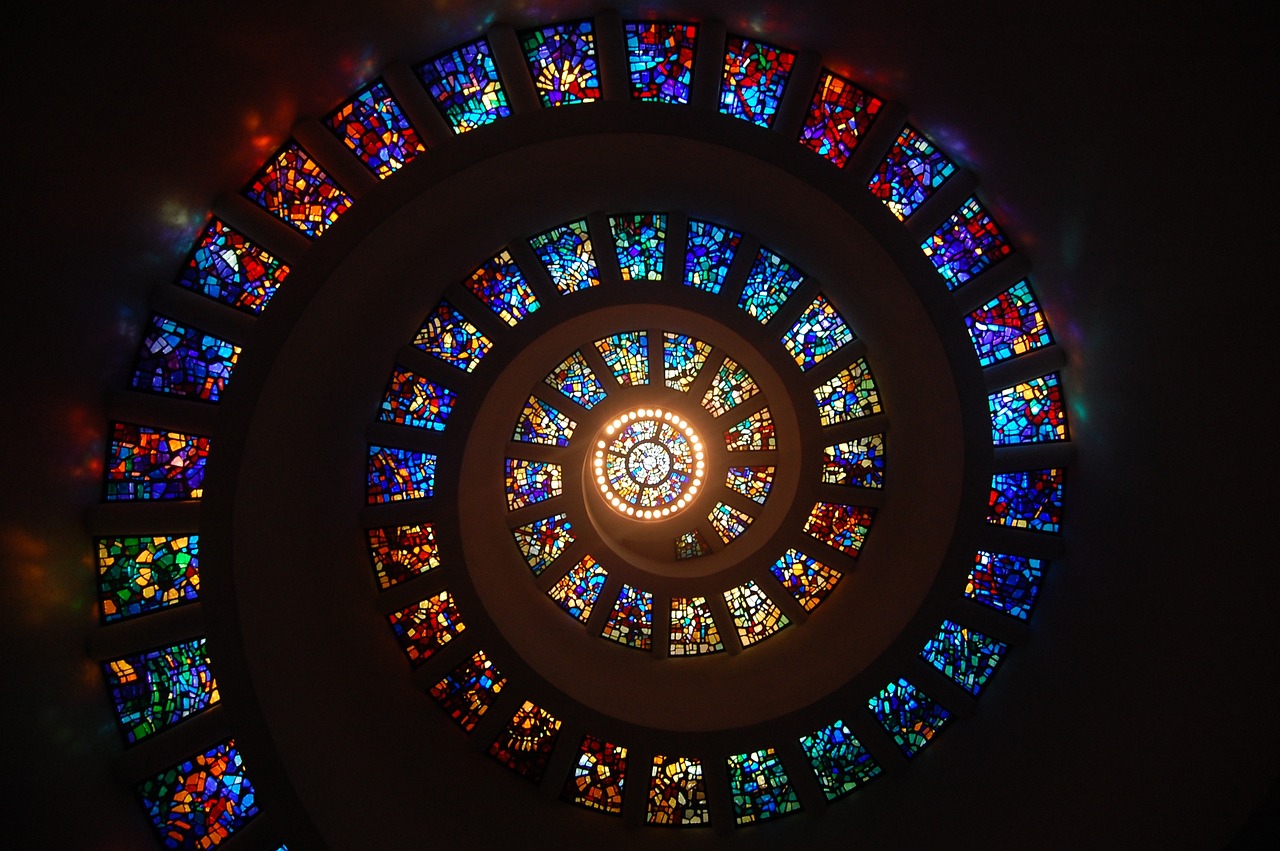Is mathematics an interesting subject? We certainly think so, but many European students disagree. Teaching math in a way that highlights its most fascinating aspects can be challenging. Luckily, a new project is on its way to help teachers with this task.
The need for a different approach
We all know the traditional way of teaching mathematics. It is very abstract, with a lot of equations to solve, but not so many practical examples. Those methods do not activate imagination or creativity, so they often fail to engage students. As a result, according to the last OECD PISA survey (2018), 22.9% of 15-year-olds underperform in mathematics, and 22.3% underperform in science. Only four EU Member States met the ET 2020 benchmark of less than 15% underachievement in both fields.
To solve this problem, multi-disciplinary activities should be integrated into the mathematical instruction using practical and interesting examples. This way, the students will have a more significant and better understanding of mathematical concepts. One of the methods that can help to do that is introducing math through our surroundings. The students can experience it as something strongly connected to the material world. What is also important is that the students interested in subjects different than mathematics will be able to use their many talents, so that they will see that science and culture are connected.
Our proposition
To connect math and culture, we decided to teach it through architecture. We are planning to create authentic and virtual pedagogical tours around European cities. We will use the surrounding buildings to explain mathematical concepts. This way, students can not only learn science but connect with their cultural heritage. We hope this new approach to learning will be more entertaining than traditional lessons and will therefore contribute to extending the knowledge of the students. It also aims to draw the interest of students, who prefer subjects concentrated on language, art, and culture and not on numbers.
By creating pedagogical tours outside the classrooms and digital guidebooks to use at school, we want to make it easier for teachers to make interesting math lessons. We are planning to produce 18 pedagogical sequences to support the creation of 18 tours around European cities, towns, and monuments. We will also develop a map of locations in Europe that are of architectural relevance and linked to mathematics introductory sheets. Some of those locations will be later described through stories, which will take the form of an e-book. This way, the teachers will not have to create everything on their own each time they want to engage the class more. The materials will be available on the internet for free.
To stay in touch with what is happening around this project, check the articles on our blog or subscribe to our newsletter. More information and the VisitMath website will be introduced soon.

